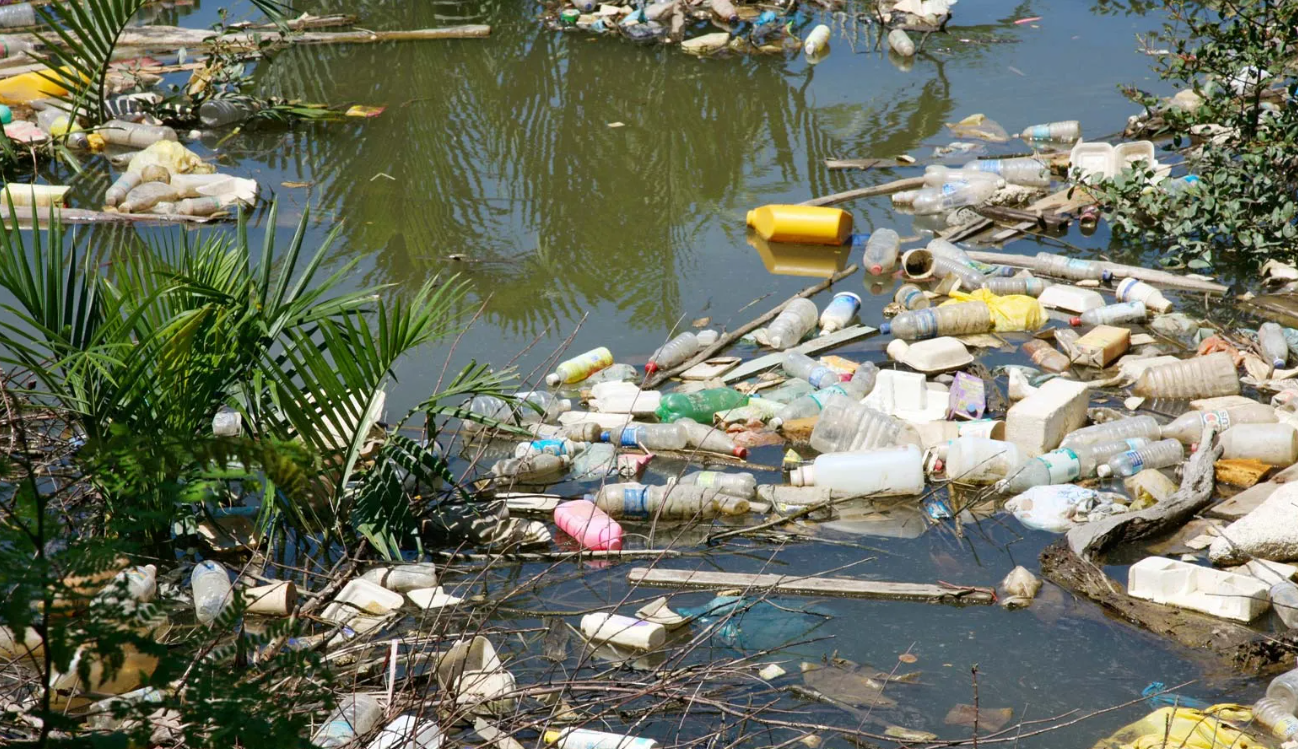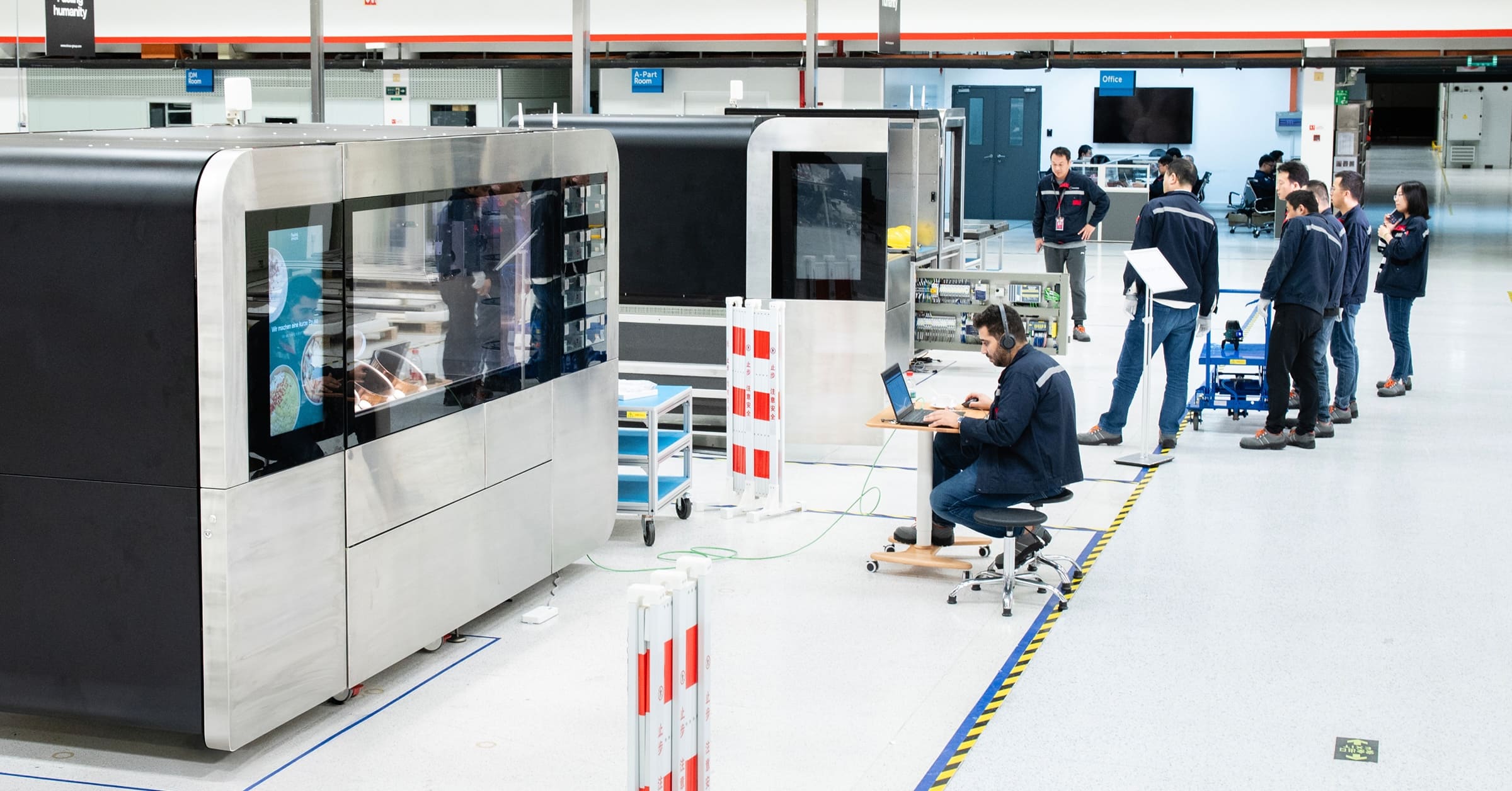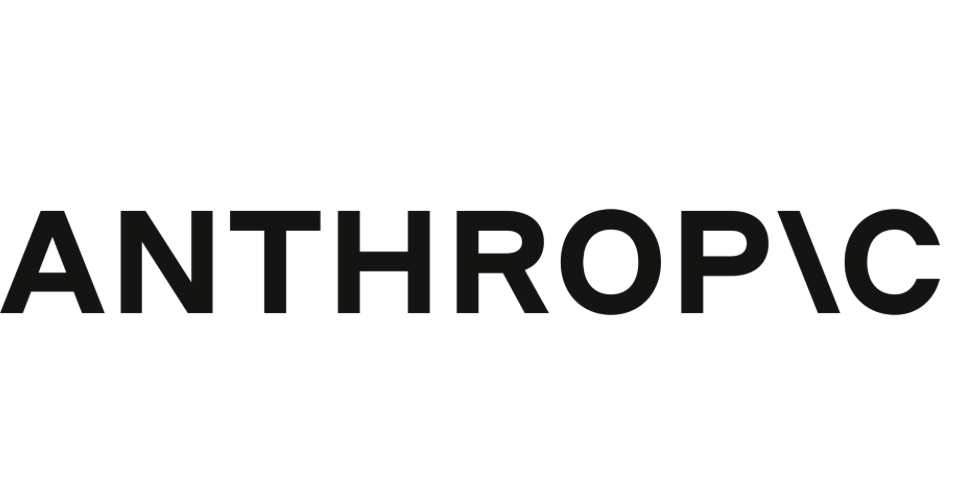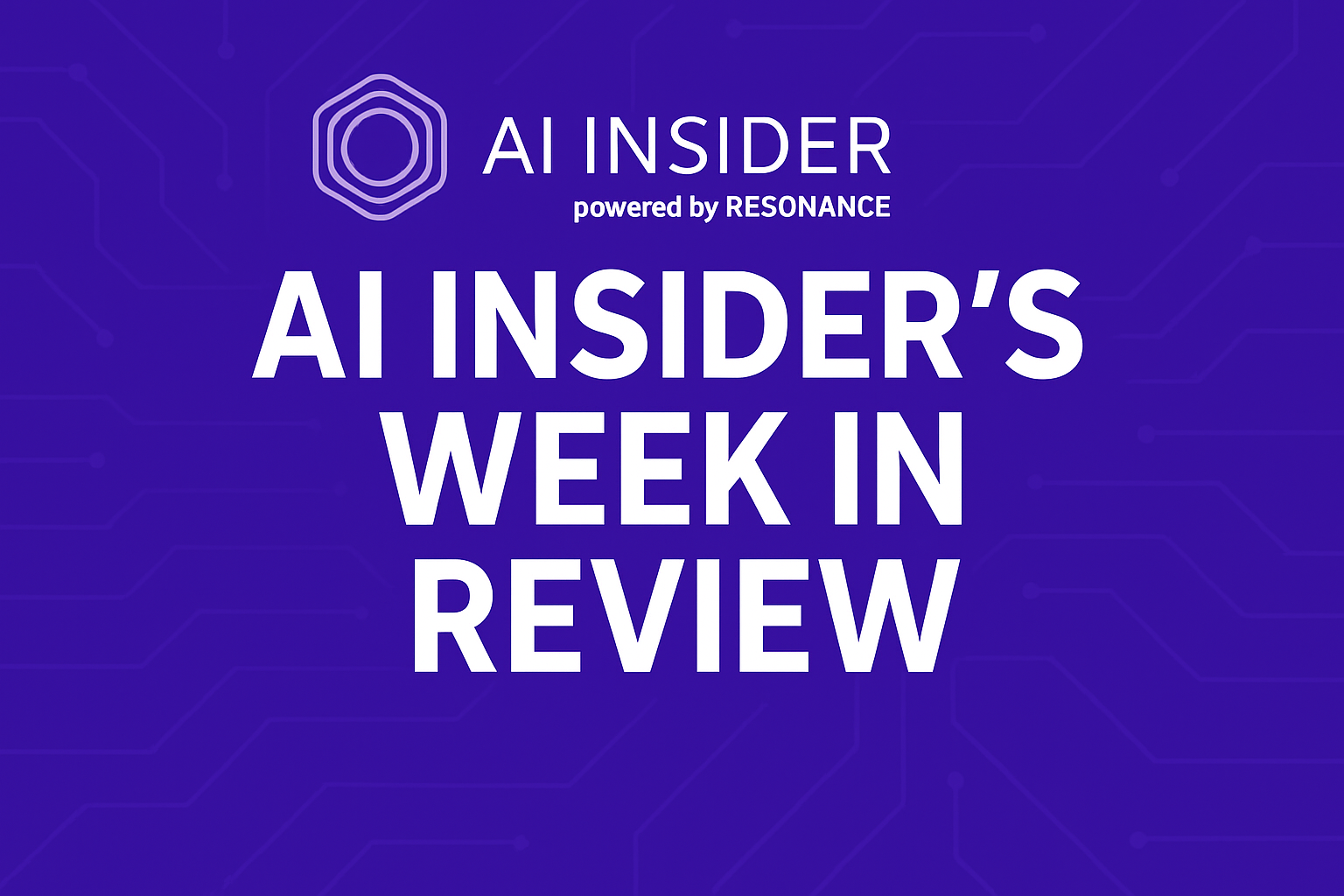Contaminated wastewater poses significant threats to human health and the environment. The quest to clean water tainted by human activities and mitigate climate change is critical.
Francesca Casagli, an environmental scientist and researcher from the Centre Inria d’Université Côte d’Azur, recently presented an innovative approach to remediate wastewaters using artificial intelligence (AI) and biotechnology during here TEDxCannes talk.
These antibiotics, hormones, pesticides and toxic compounds are found in wastewater generated from human and industrial use. Very much energy-intensive is the treatment of the water, which in turn is a significant factor in greenhouse gas emissions.
“Treating the water we are contaminating is very expensive, energy-consuming and a huge source of gas emissions,” Casagli pointed out. Furthermore, essential elements like nitrogen and phosphorus are wasted in the process.
Casagli’s research focuses on using microorganisms, such as microalgae and bacteria, to treat wastewater.
“In nature, a micro world is active made of microorganisms, and when they are all together, they can do very beautiful things for the environment,” she explained. These microorganisms can convert contaminants into valuable resources, entering a logic of circular economy. Microalgae, for example, can accumulate nitrogen and phosphorus, which can be further processed into biofuels, bioplastics, and biofertilizers.
However, understanding and controlling these biological processes is complex. Casagli uses mathematical modeling and AI to decode the interactions within these microbial ecosystems.
“Mathematical models are very powerful; you can see the invisible thanks to them,” she said. These models help visualize and understand the dynamics of microorganisms, enabling more efficient wastewater treatment.
AI plays a crucial role in enhancing these models. Casagli employs artificial neural networks to analyze data and uncover hidden patterns that traditional methods might miss.
“Artificial neural networks can learn directly from the data,” she noted. This ability to learn and adapt from data allows AI to optimize the microbial processes, making them more effective in treating wastewater and recovering valuable resources.
Casagli predicts AI as a key tool in addressing environmental challenges.
“Artificial intelligence can really give a very important contribution for making more efficient this synergistic collaboration between our friends microalgae and bacteria,” she stated. Beyond wastewater treatment, AI can process large datasets from environmental sensors, tracking deforestation, air and water quality, and ecosystem health.
By leveraging the power of AI, Casagli aims to mitigate climate change, reduce energy consumption, and provide clean water.
“I want to use artificial intelligence for climate change mitigation, for reducing the energy need, and for giving clean water back to the environment,” she said to end. This approach not only addresses current environmental issues but also paves the way for a sustainable and ecologically balanced future.
Featured image: Credit: Encyclopædia Britannica






